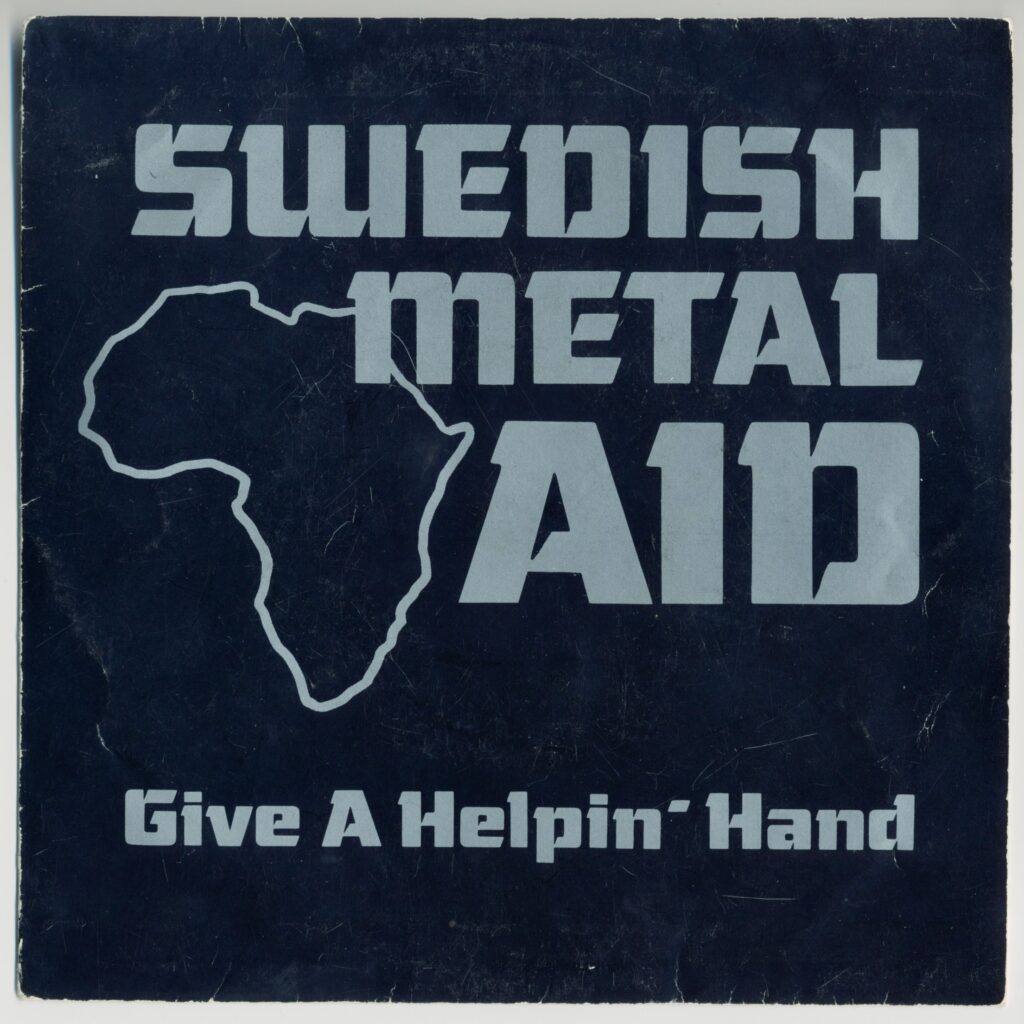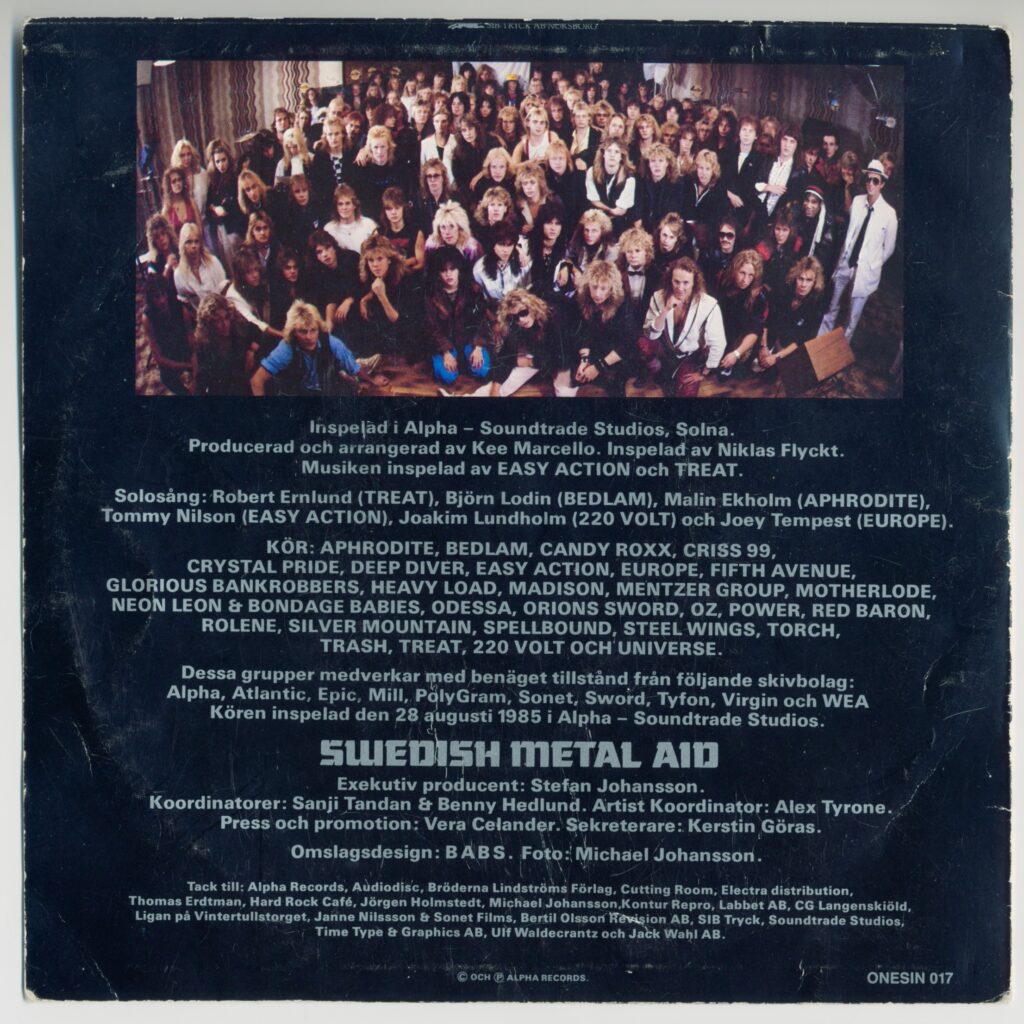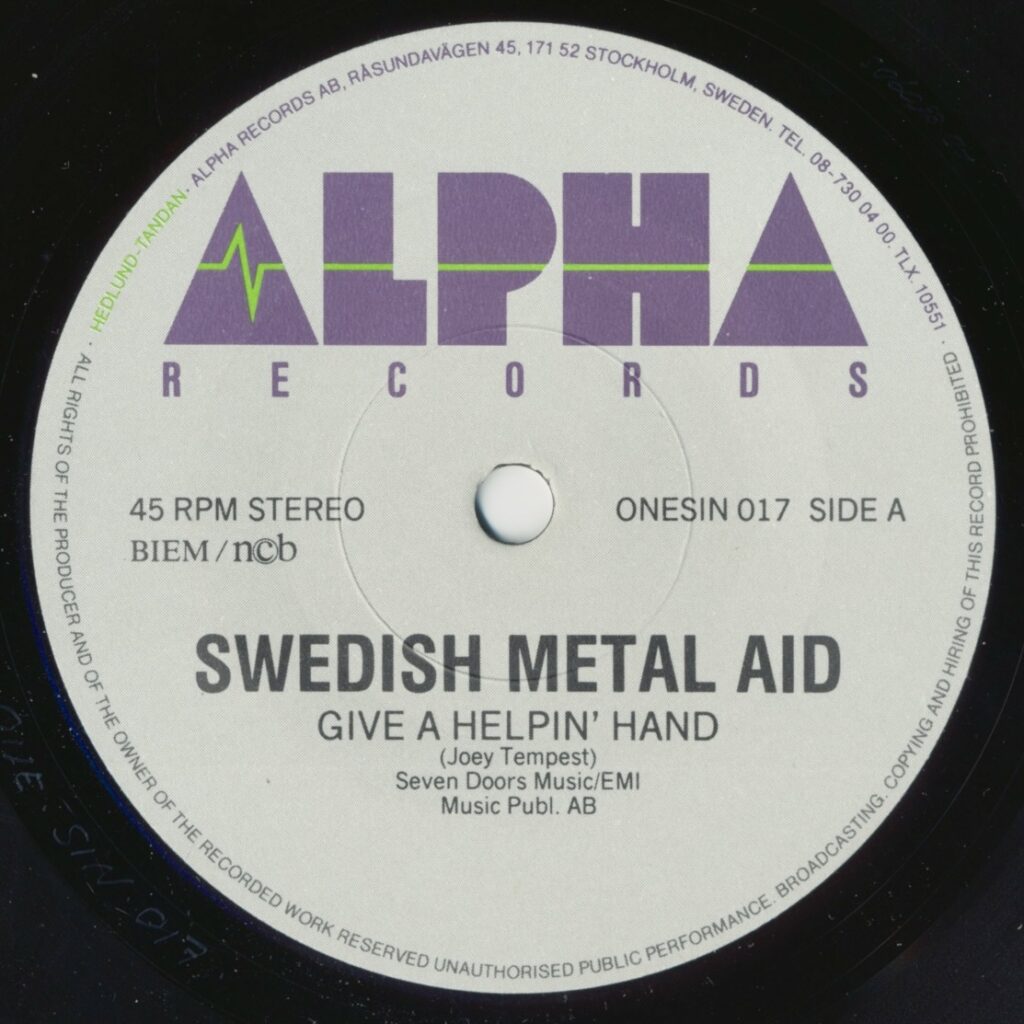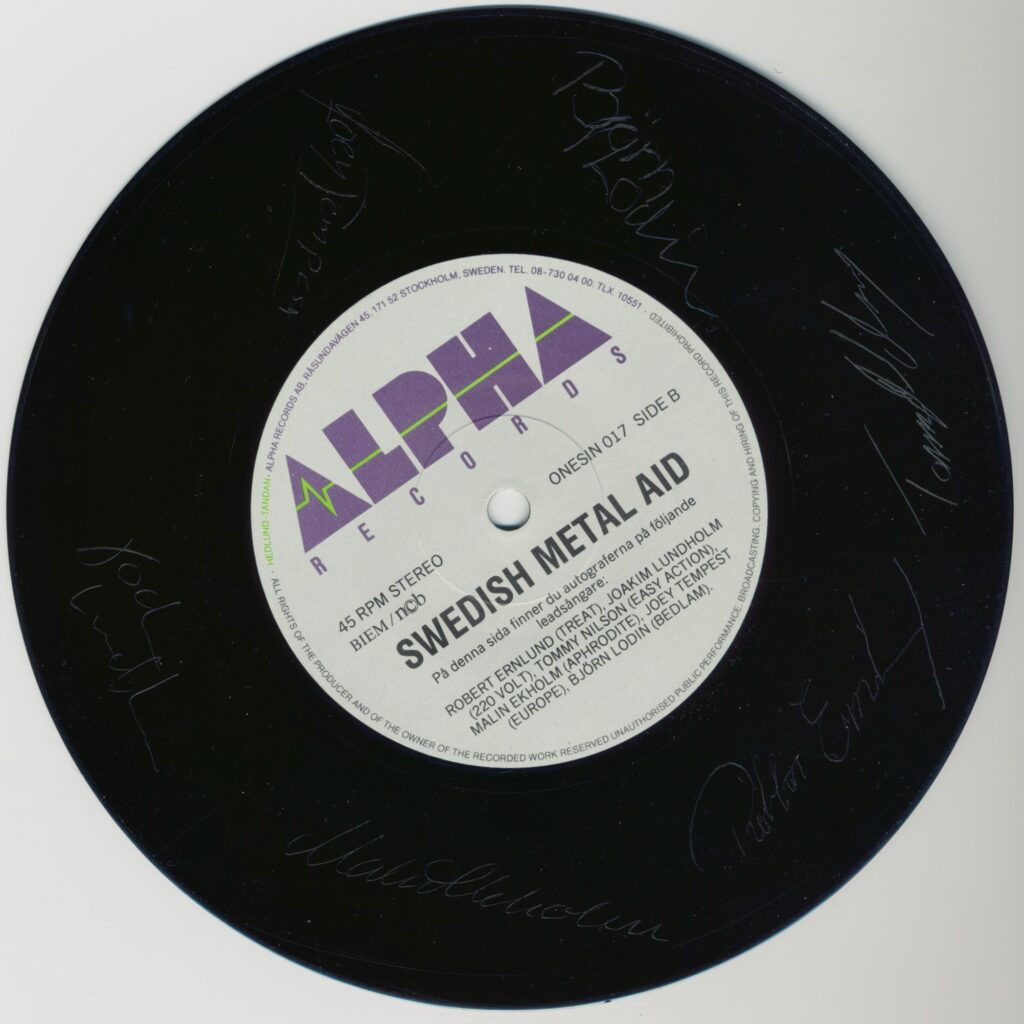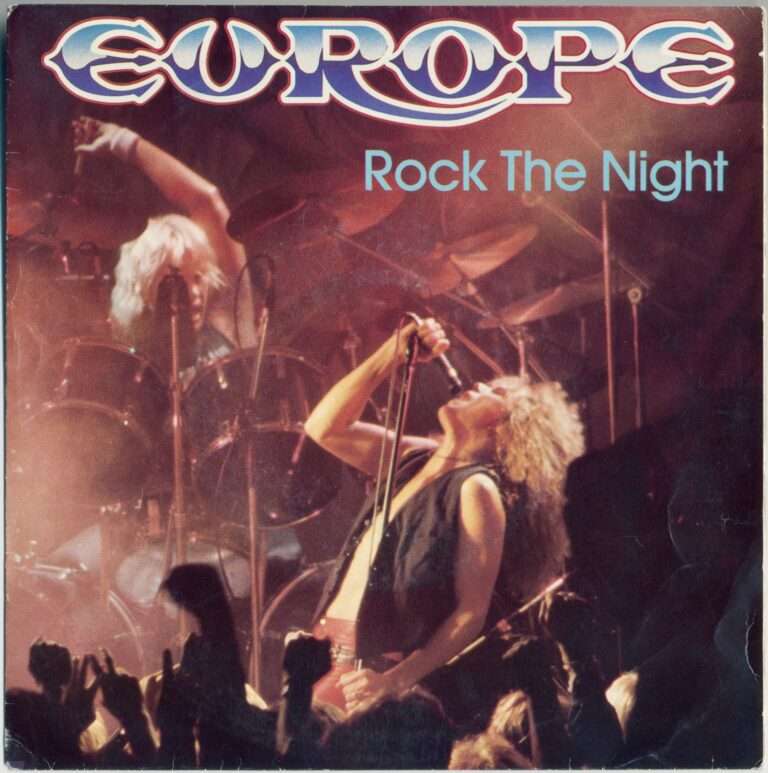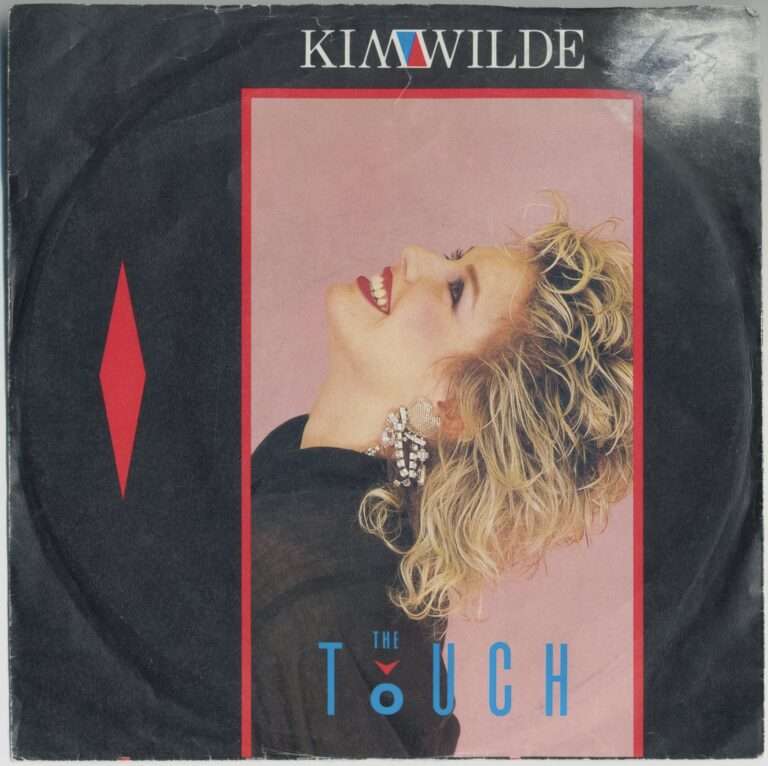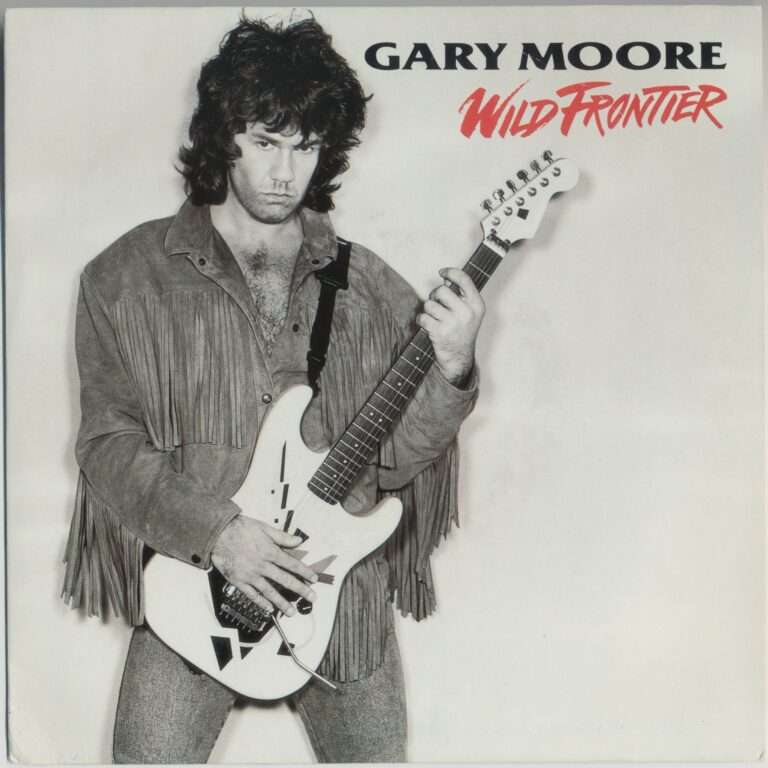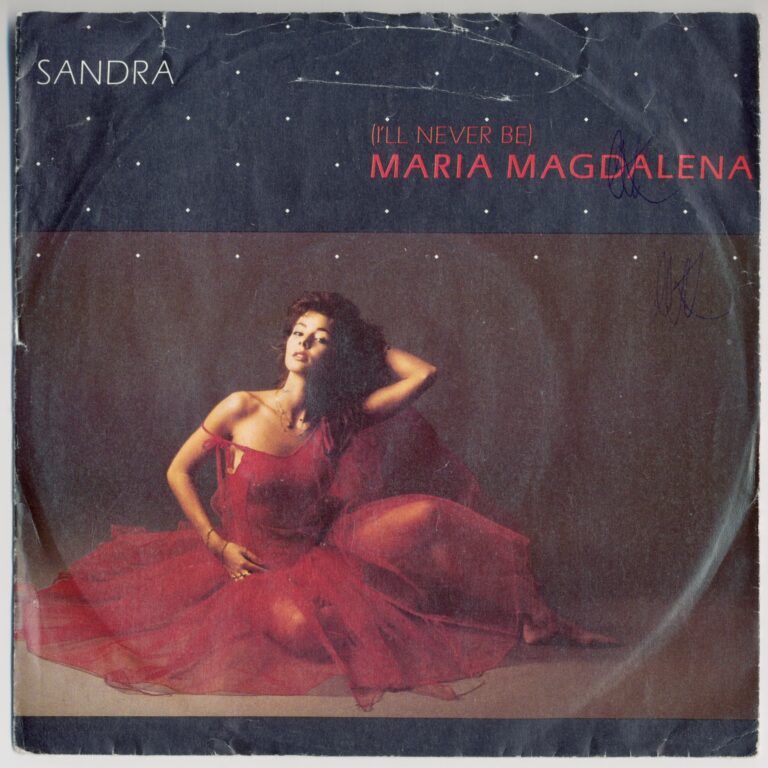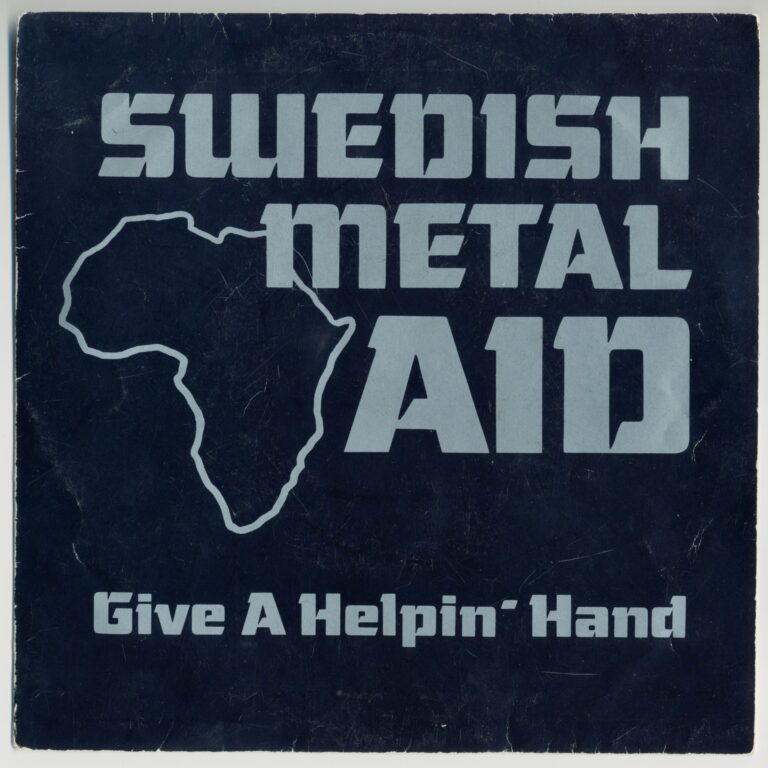The mid-1980s. A time of big hair, bigger dreams, and a global awakening to the devastating famine in Ethiopia. While Band Aid and USA for Africa rallied music titans across the globe, a unique call echoed through the halls of Swedish hard rock. This wasn’t just about selling records; it was about giving a “Helpin’ Hand” – literally. And in 1985, a supergroup unlike any other, Swedish Metal Aid, answered that call with a blend of earnest philanthropy, undeniable glam, and a live performance that would become the stuff of legend.
Imagine the scene: 80 musicians, representing 29 different bands, all converging for a single, altruistic purpose. This wasn’t a commercial venture; it was a testament to the camaraderie bubbling beneath the surface of Sweden’s burgeoning hard rock and glam metal scene. Often perceived as rebellious and individualistic, this collective mobilization for a non-commercial goal showcased a surprising unity. It was a rapid response, driven by the urgency of the humanitarian crisis and perhaps, a desire to elevate their genre’s profile through a positive public act.
At the heart of this endeavor was Joey Tempest, the charismatic frontman of Europe, a band on the brink of global superstardom with “The Final Countdown.” Tempest, known for his anthemic ballads, penned “Give a Helpin’ Hand” with a conscious effort to align its emotional resonance with the global charity movement. He explicitly wrote it “in the spirit of Band Aid“. This wasn’t just a rock song; it was a heartfelt plea for unity and compassion. The lyrics painted poignant images of distant suffering, personalizing the abstract concept of a global crisis with lines like, “There’s a girl with a little child / To them the world is so wild, so wild”. The chorus, a unifying cry of “Together we can change the world / Together we must try / Together we can save the world / And help us all survive / And give a helping hand,” became a meta-commentary on the artists’ own collaborative effort.
“Together we can change the world / Together we must try / Together we can save the world / And help us all survive / And give a helping hand”
The recording itself was a whirlwind of dedication. Soundtrade Studios in Solna became the central hub, buzzing with the energy of 80 musicians and a staggering 150 choir members. This logistical feat, especially on a tight charity schedule, spoke volumes about the professionalism of the Swedish music industry at the time. The single was released swiftly in September 1985, a proactive move that predated Ronnie James Dio’s “Hear ‘n Aid,” which was delayed due to contractual bickering. Sweden was not just following a trend; it was leading by example.
“Give a Helpin’ Hand” soared to success within Sweden, selling an impressive 50,000 copies, with all proceeds directly aiding the starving in Ethiopia. It spent six weeks on the Trackslistan chart, peaking at number three and landing at number 32 on the year-end list. This wasn’t a massive global hit like “We Are the World,” but for a genre-specific charity single in a smaller market, it was a substantial achievement, highlighting a deeply engaged fanbase and a public profoundly impacted by the Ethiopian famine.
But the story of Swedish Metal Aid wouldn’t be complete without its legendary live performance on the popular Swedish comedy show “Nöjesmassakern” on October 11, 1985. It was, by all accounts, “extraordinary,” characterized by an abundance of “hairspray” and flamboyant “glam” aesthetics typical of the era. However, it also drew critical commentary for its “tuneless” singing from a succession of vocalists, with only Tommy Nilsson of Easy Action and Joey Tempest consistently hitting the right notes. This performance, widely shared and referenced as a “music video” on platforms like YouTube, became a memorable, albeit somewhat infamous, moment in Swedish music history. The humorous observations about the hairspray and vocal shortcomings, rather than detracting from the song’s noble purpose, inadvertently cemented its place in Swedish pop culture folklore, serving as a vivid time capsule of 1980s glam metal.
The physical 7-inch vinyl single itself was a stroke of genius. While the front cover was standard, the B-side was uniquely etched with the autographs of the lead singers. This innovative design transformed the record into a tangible, collectible artifact, offering fans a direct, personalized connection to the artists and the cause. It was a powerful incentive for purchase, elevating the record beyond a mere musical product to a unique collector’s item and a personalized memento of a collective effort.
“Give a Helpin’ Hand” remains more than just a song; it’s a vibrant testament to the Swedish music industry’s ability to mobilize for global causes. It’s a story of unity, compassion, and a touch of unforgettable glam, showcasing how even in the world of hard rock, a helping hand, delivered with heart and a generous amount of hairspray, can truly make a difference.
My copy: 7″, 45 RPM, Sweden, 1985, Alpha Records
Trackslistan (Swedish radio chart): 6 weeks, peaked at #3, #32 on year-end list 1985

